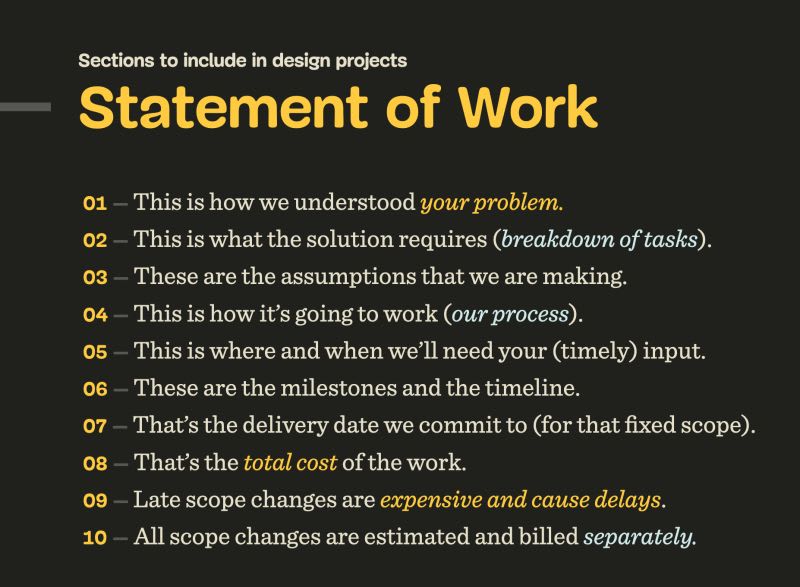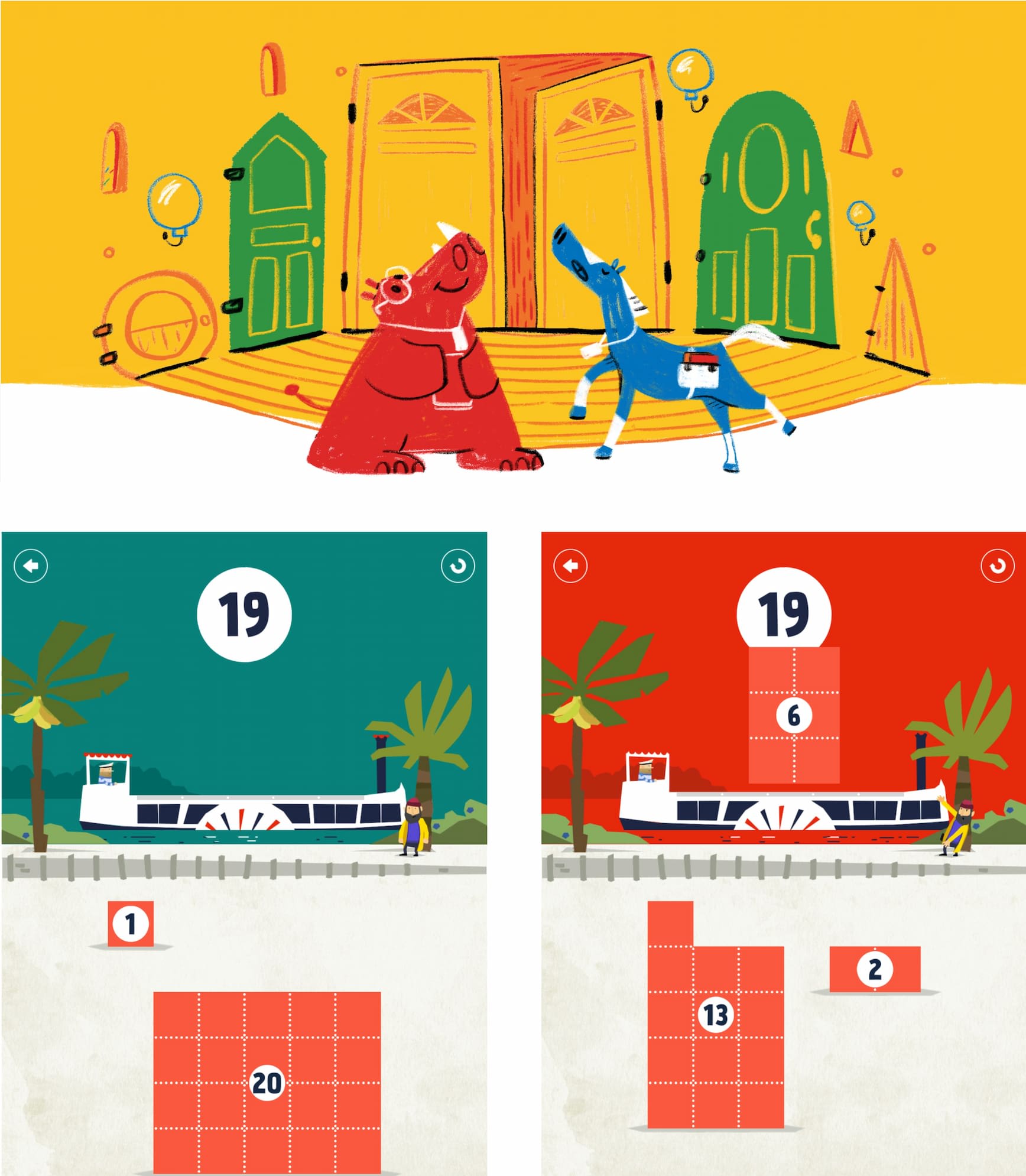How To Avoid Misunderstandings In The Design Process
How one-pager with 10 sections can help avoid confusion and frustration in the design process.
Often misunderstandings don’t just cause confusion. They bring team members apart, erode trust and produce waste. They often come from wrong assumptions and unrealistic expectations.
Of course every UX task is different. But every task requires a shared understanding about the process, the people involved and the expectations that come with it. To get there, I typically prepare a one-pager with 10 sections — a statement of work that typically includes only bullet points, and nothing else.
The Statement of Work #
- This is how we understood the problem.
- This is what we think the solution requires (steps and tasks).
- These are the assumptions that we’re making.
- This is how we work, and how we will work together.
- This is where and when we’ll need a (timely) input by stakeholders.
- These are the milestones, the timeline and deliverables.
- That’s the delivery date we commit to (for that scope of work).
- That’s the total cost of the work and how it will be paid.
- Late scope changes are expensive and cause delays.
- All scope changes are estimated and billed separately.
How To Use The 10-Pager #
Just before heading into a project, we set up a call to discuss if we understood the problem correctly, if the process is clear and if we've overlooked something critical. I mention twice the role of UX research and evidence-driven decision making, and that late scope changes are expensive and cause delays.
The goal of that meeting is to iron out anything that might cause confusion or frustration later — and to get a sign off on that 10-sections document.

An overview of all sections that go into a 10-pager for the scope of work. Large view.
We don’t know how our stakeholders work. We don’t know their constraints, their budgets, their timelines. So we shouldn’t expect them to know our design process either. Instead, we should explain how we work, what is important to us, and why last-minute changes are expensive and cause delays.
Stakeholders don’t want to make our lives difficult. They want us to succeed. We want the same. Ask them what is important to them, and tell them what is important to you. It won’t always work, but when it does, you get stakeholders on your side, supporting you and respecting your process from start to finish.



